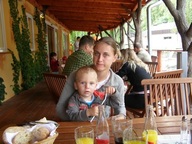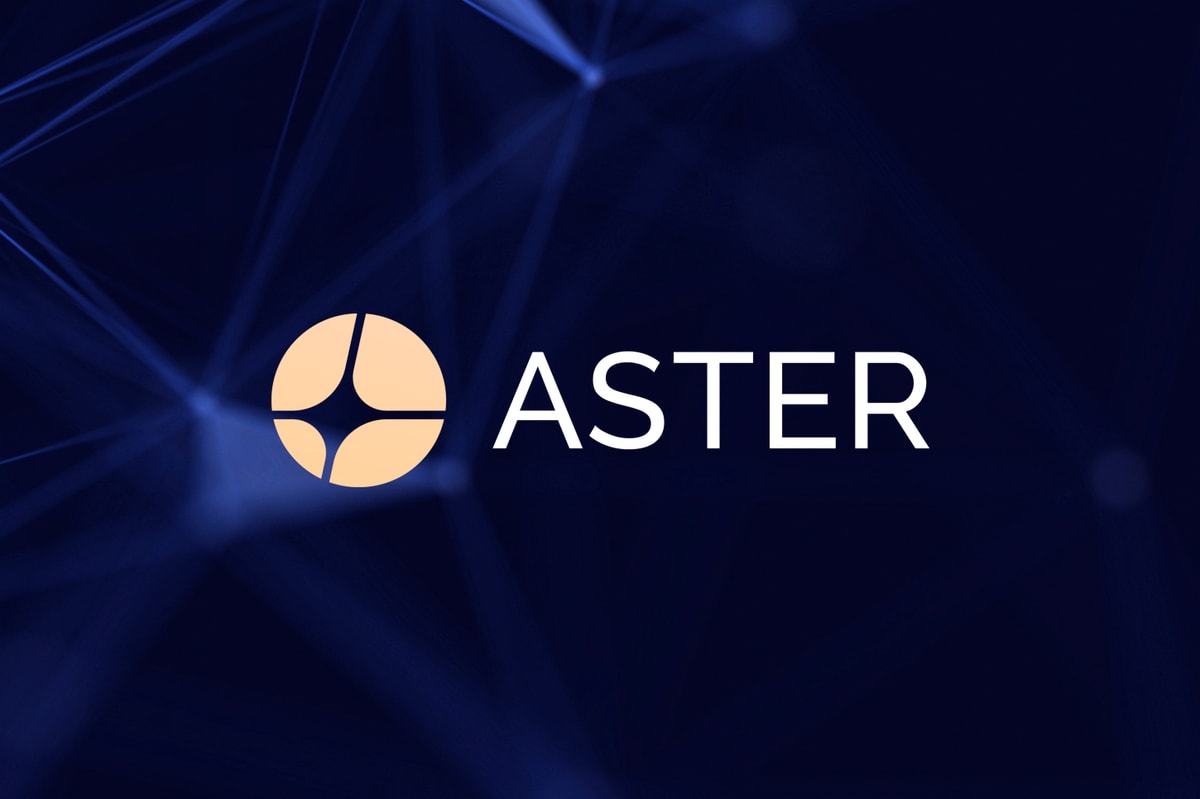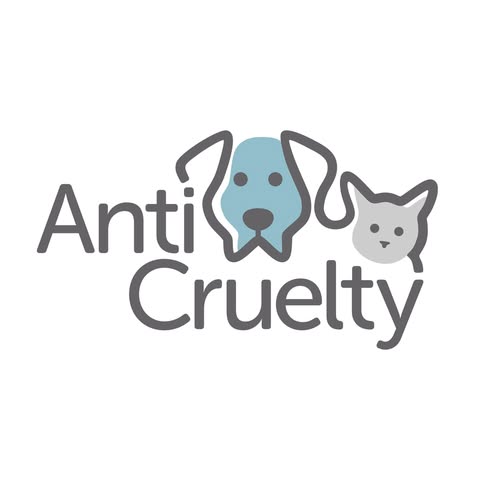
The Anti-Cruelty Society
Building a healthy and happy community where pets and people thrive together at Anti-Cruelty Anti-Cruelty builds healthy and happy communities where pets and people thrive together. Stop by our River North Adoption Center 12–7 PM daily. Founded in 1899, Anti-Cruelty is Chicago’s oldest and largest, private, open-admission, unlimited stay animal welfare organization. With a mission of building a healthy and happy community where pets and people thrive together, its comprehensive programs and services help over 20,000 animals and humans every year through adoption, charity veterinary clinic, low or no-cost spay/neuter clinic, cruelty investigations and rescue, humane education & community outreach, a free behavior helpline, Pop-up Pet Food Pantry program, S.A.F.E. program (short-term accommodations for emergencies), the Bruckner Rehabilitation & Treatment Center, the Virginia Butts Berger Cat Clinic and the Dog Rehabilitation Center. For more information, visit anticruelty.org.

The Anti-Cruelty Society
Overview
The Anti-Cruelty Society is a nonprofit animal welfare organization located in Chicago, Illinois, USA. Founded in 1899, it is one of the oldest and largest such organizations in the United States. The society focuses on preventing cruelty to animals, advancing humane education, and building a community where pets and people thrive together.
History
The Anti-Cruelty Society was established on January 19, 1899, by a group of Chicago residents who were concerned about animal welfare. Rosa Fay Thomas, wife of Theodore Thomas, the founder and first music director of the Chicago Symphony Orchestra, served as the society's first president. The organization's early efforts included improving the living and working conditions of workhorses, providing humane education, and addressing child welfare cases. In 1904, they opened their first small animal shelter. By 1905, they had installed watering troughs throughout Chicago for workhorses. The society received a charter from the State of Illinois in 1906, allowing it to conduct protective work for both animals and children.
Mission and Vision
The Anti-Cruelty Society's mission is to build a healthy and happy community where pets and people thrive together. Their vision is to create a humane Chicago for pets and people. The organization operates through donations, sponsorships, and volunteer efforts, providing services such as adoption, veterinary care, and education programs.
Services
- Adoption: The society organizes annual events like "Clear The Shelters" where adoption fees are waived, promoting animal adoptions.
- Clinic: They operate a high-volume spay/neuter clinic, performing thousands of surgeries annually and facilitating adoptions.
- Volunteer Program: Established in 1976, the program engages volunteers in various activities supporting animal welfare.
- Mobile Vaccination Clinic: Since 1986, they have offered free exams and vaccinations to pets in disadvantaged areas.
Impact
The Anti-Cruelty Society is recognized for its significant role in Chicago's animal welfare landscape. Their efforts include community engagement, public education, and support for pet owners. They also host major fundraising events like BARK to support their activities and serve thousands of animals annually.
Recent Developments
During the COVID-19 pandemic, the society expanded support for pet owners, including distributing pet food and enhancing veterinary access. They also promoted fostering due to increased shelter intakes and capacity constraints. In 2014, they supported Chicago's Anti-Puppy Mill Ordinance to prevent animals from large-scale breeding operations from being overlooked in shelters.
Edit WikiFounded
1906
87000
X (Twitter)
10920
Traffic
560505
Home
From Social media
News about from their social media (Facebook and X).
Data about organisation
Animal Training/Behavior Category
Organisations with similar rank to The Anti-Cruelty Society in category Animal Training/Behavior

Please "Suggest to Friends" our page.
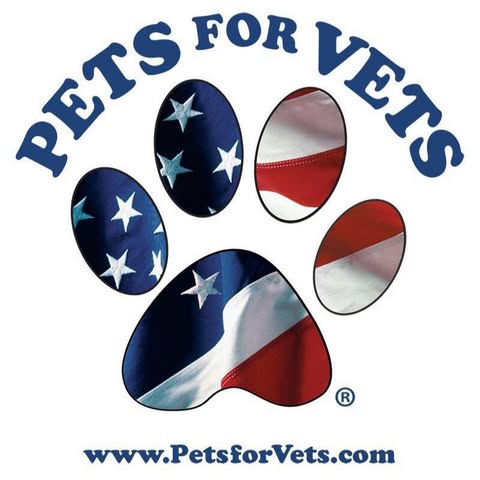
Please "Suggest to Friends" our page.

Anti-Cruelty builds healthy and happy communities where pets and people thrive together.
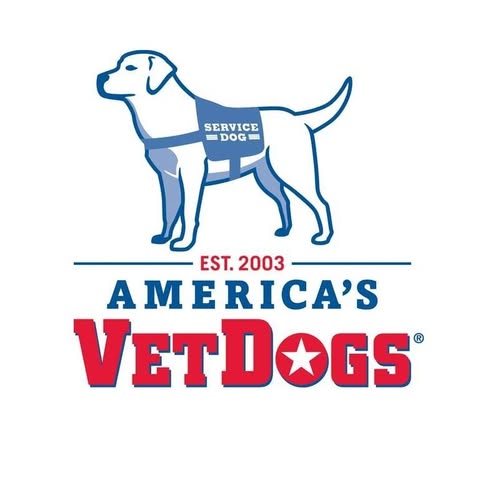
Providing veterans and first responders with service dogs at no cost.

29. MONMOUTH COUNTY SOCIETY FOR THE PREVENTION OF CRUELTY TO ANIMALS
Our mission is to protect, care and advocate for all animals.
Chicago
Organisations from The Anti-Cruelty Society

182. Chicago International Film Festival Inc Cinema-Chicago
Chicago International Film Festival, CineYouth Festival, Summer Screenings, Education Screenings Program, and more.

183. UCM Care Network Medical Group Inc
The University of Chicago Medicine is a not-for-profit academic medical health system based on the campus of the University of Chicago in Hyde Park.

Anti-Cruelty builds healthy and happy communities where pets and people thrive together.

LUNGevity is transforming what it means to be diagnosed and live with lung cancer.
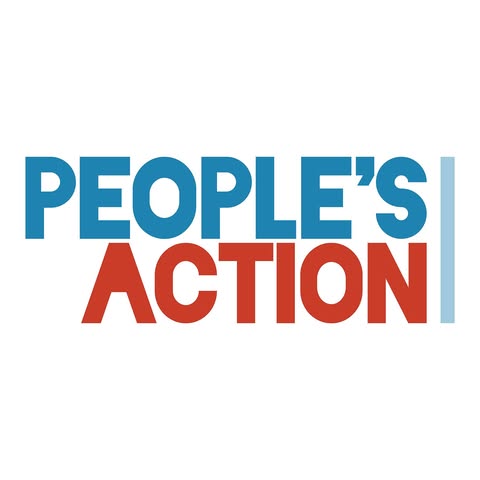
People’s Action builds the power of poor and working people in communities of every size.
Similar organisations
Similar organisations to The Anti-Cruelty Society based on mission, location, activites.

PROGRESSIVE ANIMAL WELFARE SOCIETY ADOPTION CENTER INC AKA PAWS
PAWS is a no-kill, non-profit animal shelter in Monroe, Ohio.

Every cat thrives.

Michigan Humane is the state's oldest and largest animal welfare organization.

Please "Suggest to Friends" our page.
Similar Organisations Worldwide
Organisations in the world similar to The Anti-Cruelty Society.

CALGARY HUMANE SOCIETY FOR PREVENTION OF CRUELTY TO ANIMALS (ca)
Protect Animals.

THE WINNIPEG HUMANE SOCIETY FOUNDATION (ca)
This page is not monitored 24/7.
Interesting nearby
Interesting organisations close by to residence of The Anti-Cruelty Society

Anti-Cruelty builds healthy and happy communities where pets and people thrive together.

Every cat thrives.

Please "Suggest to Friends" our page.

Rand Park Dog Training Club Inc
Offering Classes in Obedience, Rally, Nosework.
Similar social media (97920)
Organisations with similar social media impact to The Anti-Cruelty Society
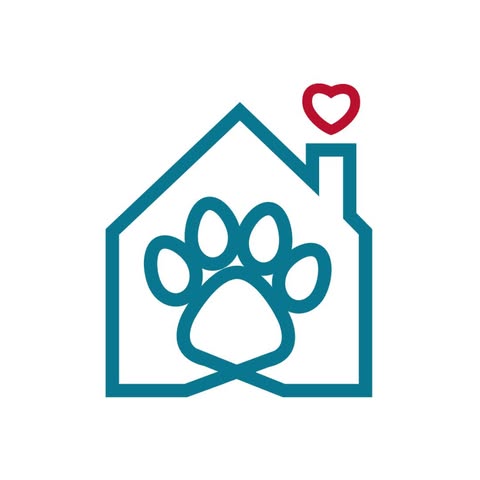
22979. Hamilton County Humane Society
Open admission, truly no-kill shelter in Fishers, Indiana.

22980. INTERCOUNTY SOCCER LEAGUE
The Philadelphia Convention & Visitors Bureau is the official Tourism Promotion Agency for the City of Philadelphia as well as primary sales/marketing agency for the Pennsylvania Convention Center.

22981. The Anti-Cruelty Society
Anti-Cruelty builds healthy and happy communities where pets and people thrive together.
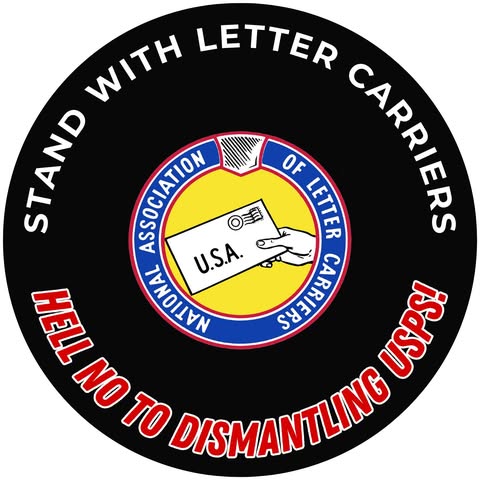
22982. National Association of Letter Carriers
Founded in 1889, NALC is the union of city letter carriers employed by the U.

22983. National Association of Letter Carriers
Founded in 1889, NALC is the union of city letter carriers employed by the U.
Similar traffic
Organisations with similar web traffic to The Anti-Cruelty Society
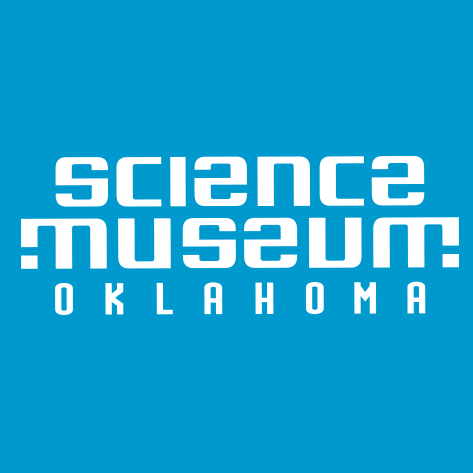
73156. Science Museum Oklahoma
Oklahoma’s largest hands-on science museum 💫🔬 Buy tickets & explore science online ⤵️ www.
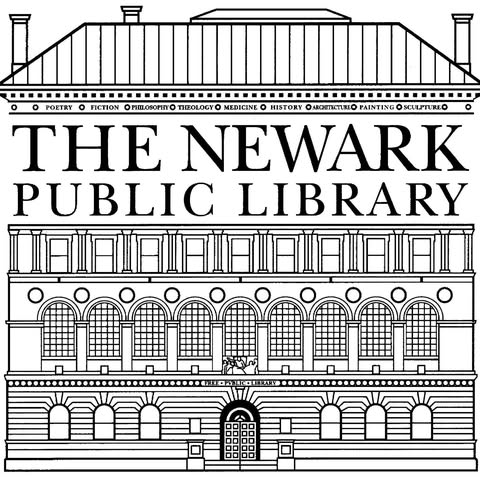
Newark Public Library delivers essential services and resources to everyone seeking opportunities to build a better life.

73158. The Anti-Cruelty Society
Anti-Cruelty builds healthy and happy communities where pets and people thrive together.

73159. MUSEUM OF SCIENCE AND INDUSTRY INC
MOSI is a non-profit, community-based institution, dedicated to advancing understanding of STEAM.

Love Thy Neighbor.
Join us and make a difference for the future!
Sign Up
Please fill in your information. Everything is free, we might contact you with updates (but cancel any time!)
Sign in with GoogleOr
Good News
🎀 October marks the 40th anniversary of Breast Cancer Awareness Month! 💖 Let’s celebrate the progress in research and the importance of early screening. Together, we can empower women and save lives! #BreastCancerAwareness #Hope #EduoOrg
Healio honors Breast Cancer Awareness Month milestone, celebrates ongoing research
Healio
Like Comment🌟 A beautiful farewell to Misty Copeland, who has inspired so many with her talent and commitment to diversity in the arts! Her retirement from American Ballet Theatre marks the end of an era, but her impact will continue to shine! 🎉✨ #MistyCopeland #DiversityInArts #Inspiration
Misty Copeland hangs up her pointe shoes after performing for adoring crowd at retirement show
NBC 5 Dallas-Fort Worth
Like Comment

